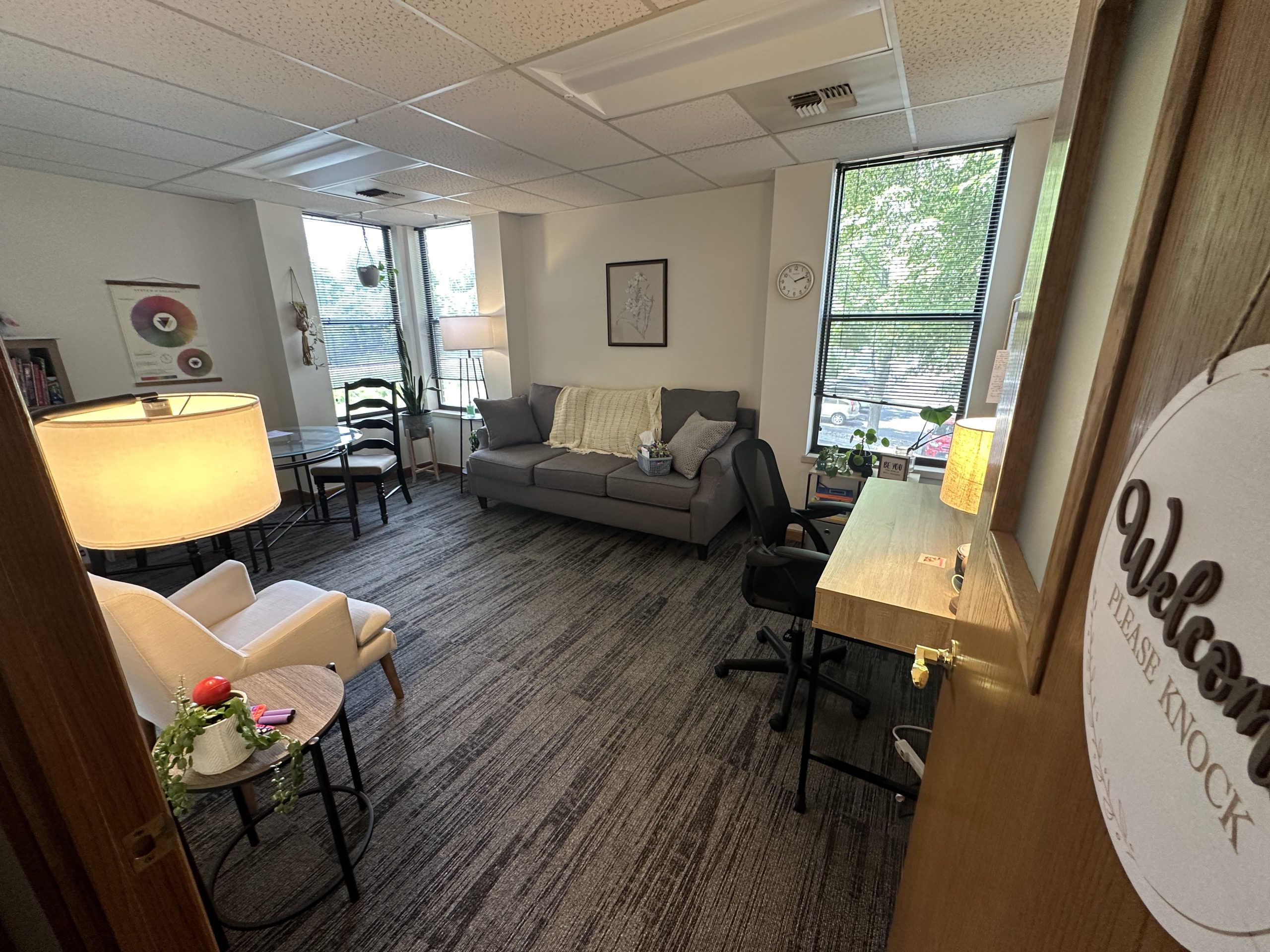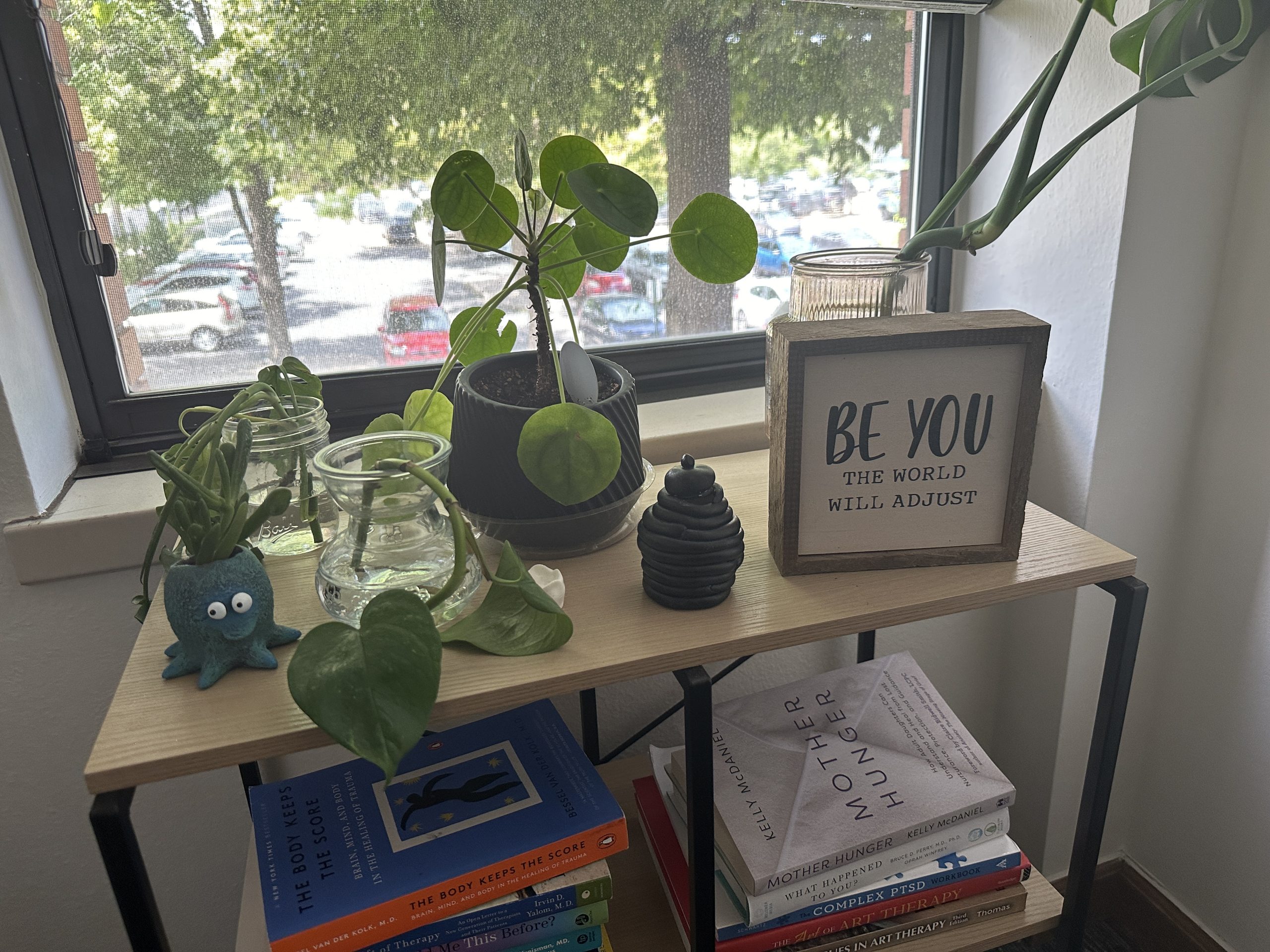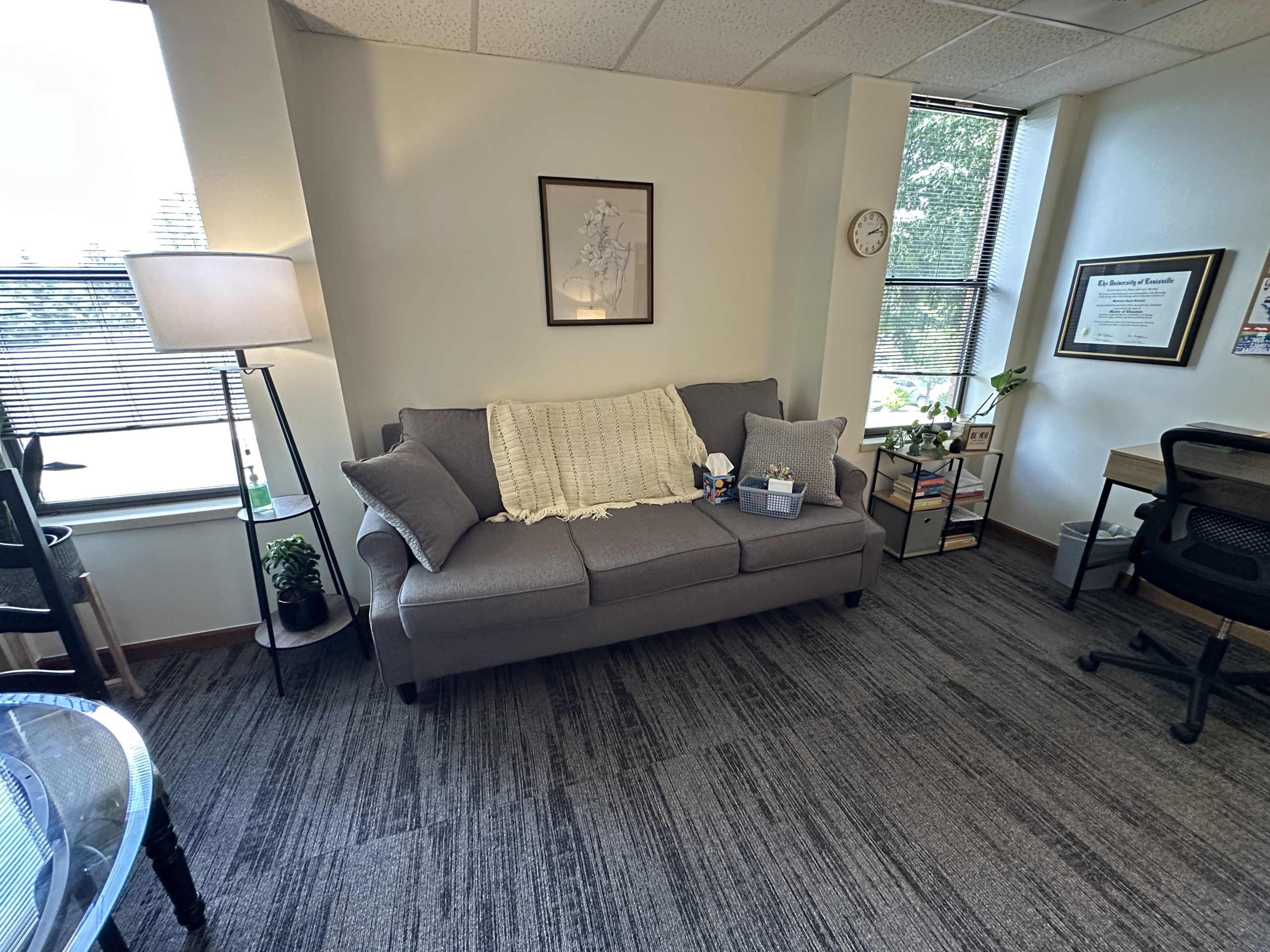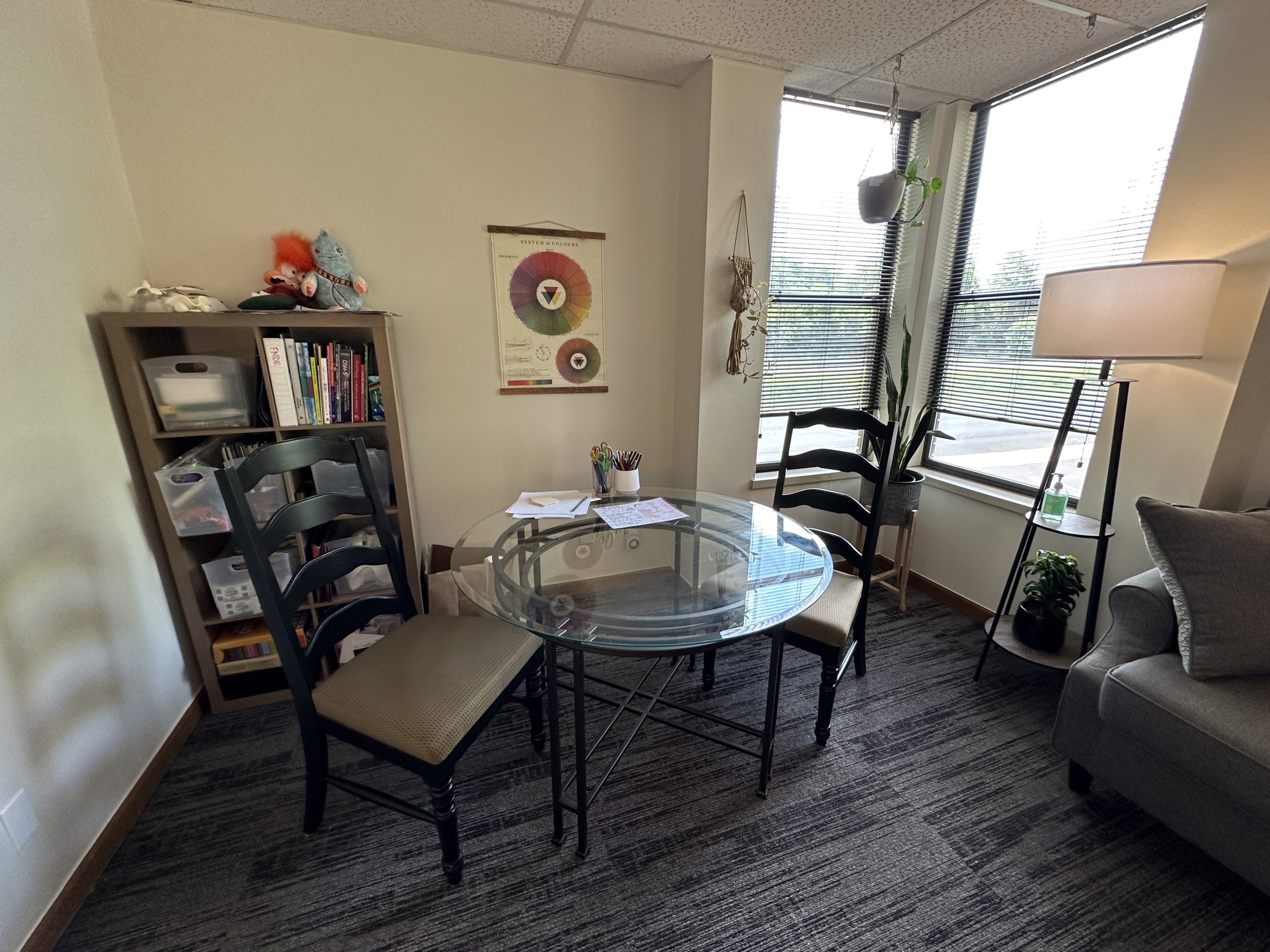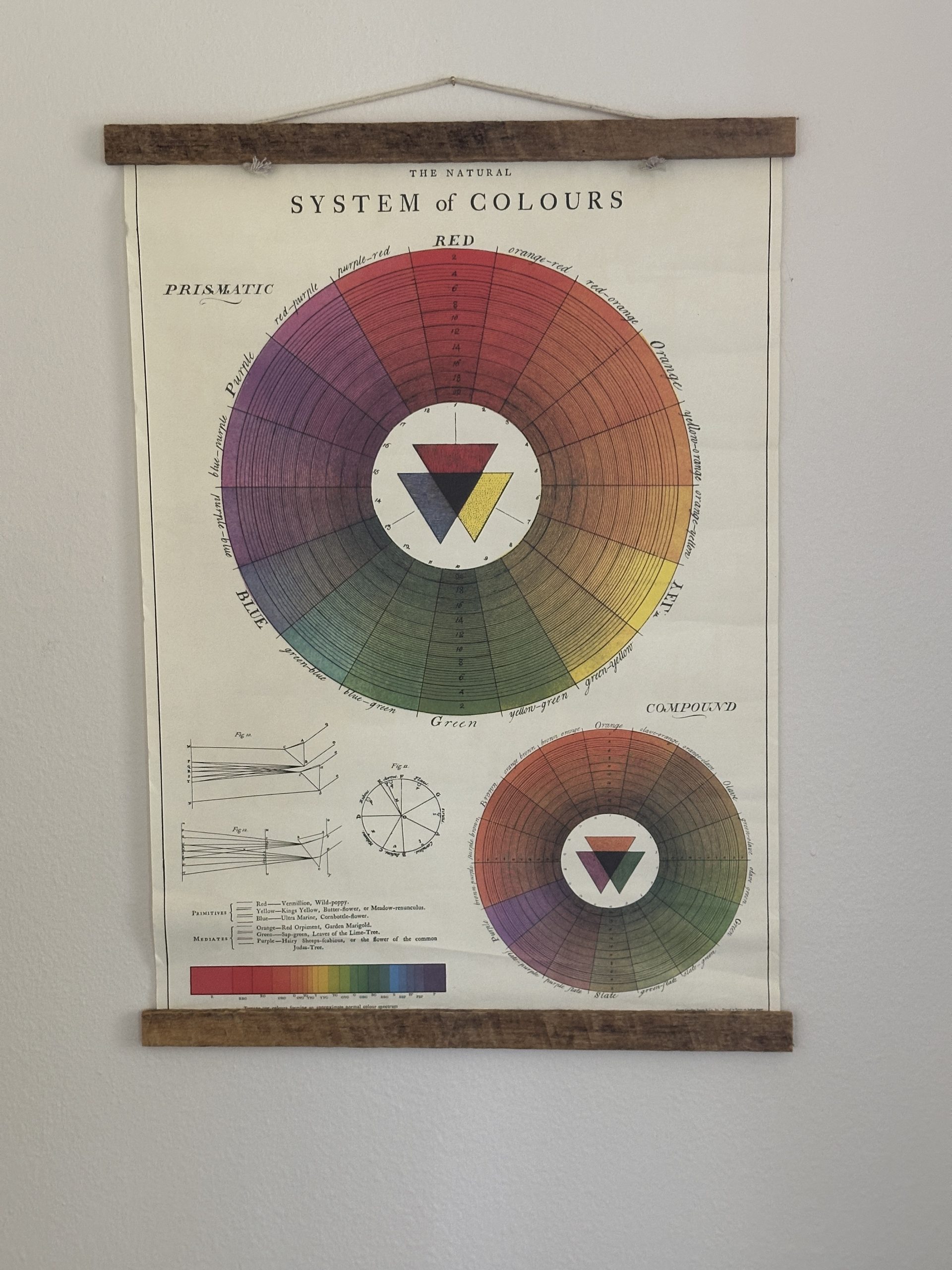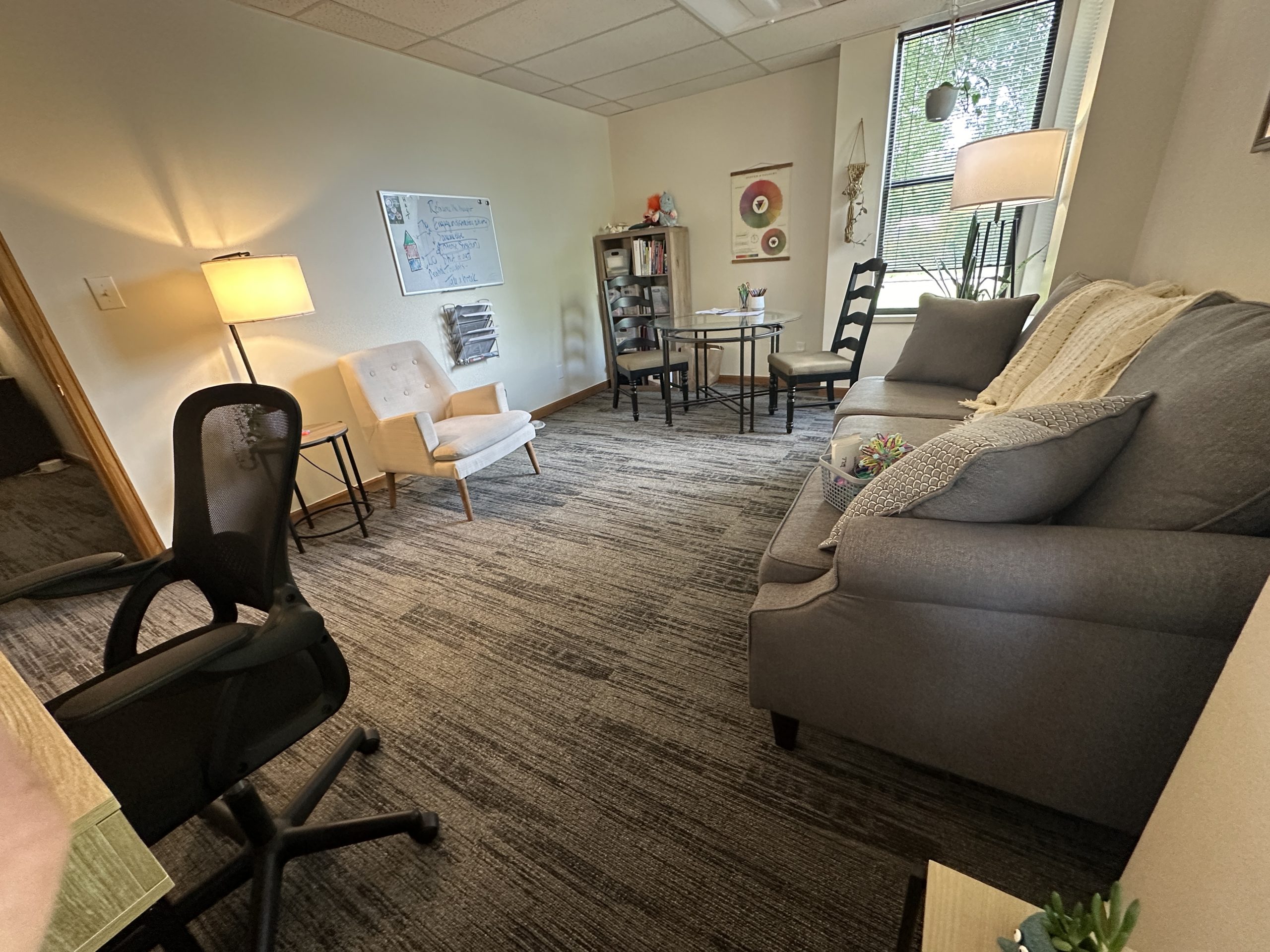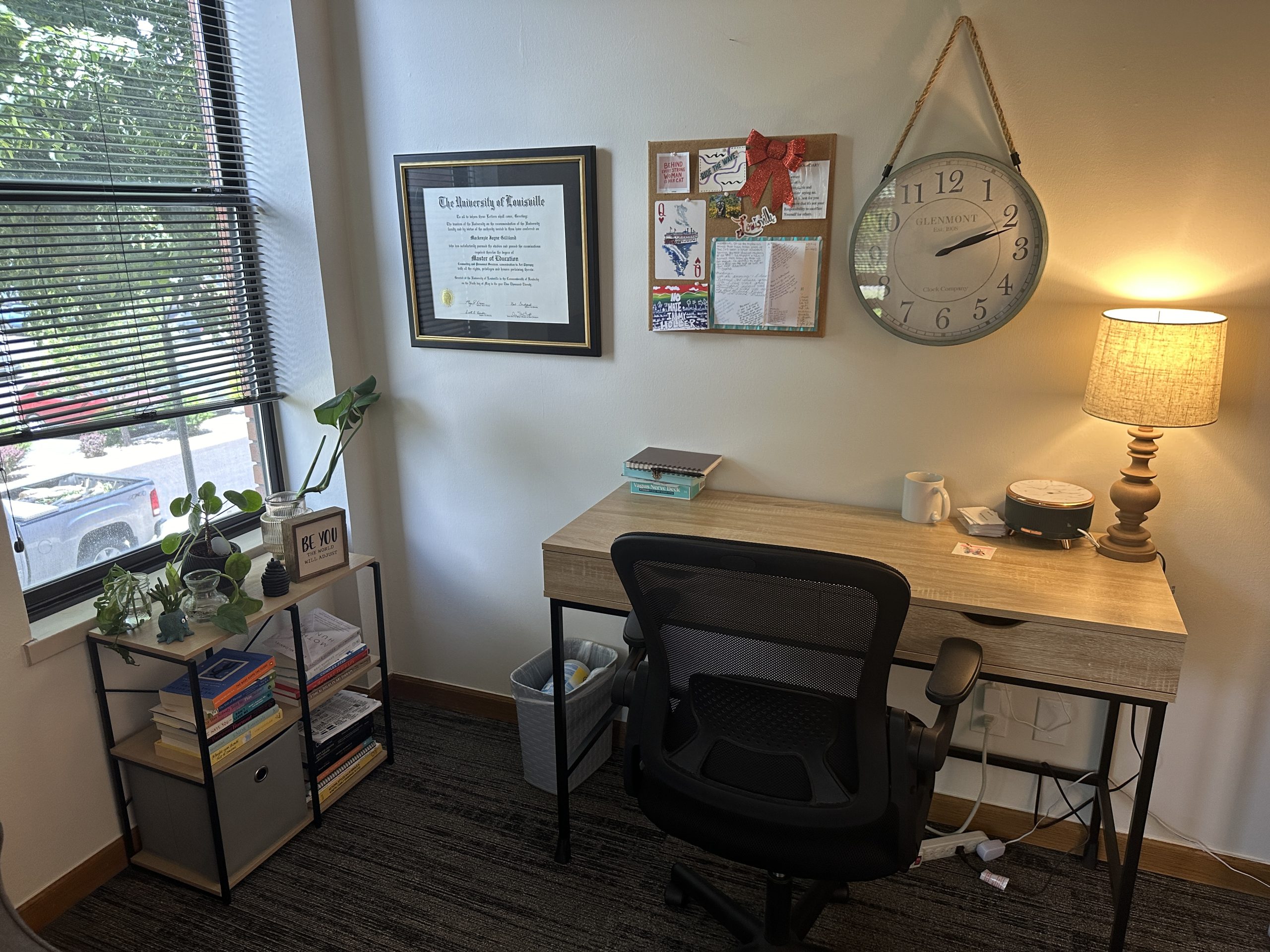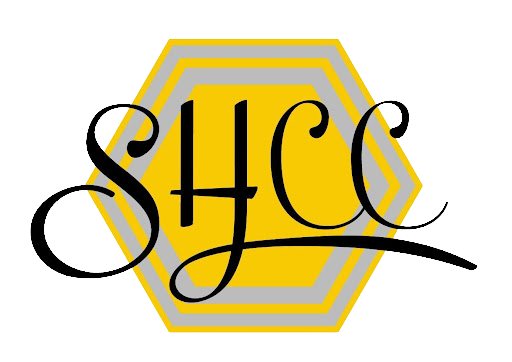Credentials
- Licensed Professional Counselor Candidate (LPCC)
- Eye Movement Desensitization and Reprocessing (EMDR)
- Art Therapist Registered – Board Certified (ATR-BC)
Hi! My name is Mackenzie Gilliland and I am a Licensed Professional Counselor Candidate (LPCC) in Colorado. I graduated in 2020 with my Master’s Degree in Art Therapy from The University of Louisville. I also hold an art therapy license (ATR-BC) and drug and alcohol license (LCADC) in Kentucky. I am fully trained in EMDR Therapy and am working towards certification. I enjoy working with adults who are struggling with anxiety, depression, trauma, and addiction. I have experience working in community mental health with all ages and struggles, as well as outpatient substance abuse treatment for individuals with addictions and their families.
My goal in the therapy room is to show up as myself to support the clients authentic self in setting, working towards, and meeting goals. It is important to me to build a genuine relationship with the client to then use gentle challenging with the goal of developing self-compassion and supporting behavior change.


